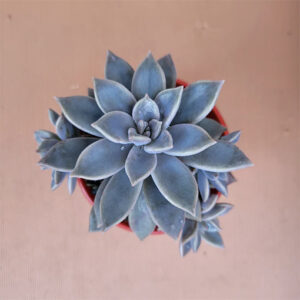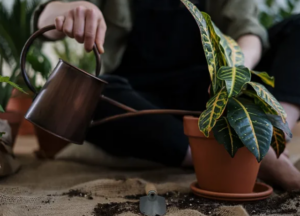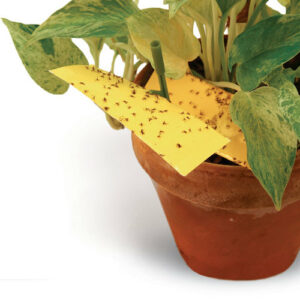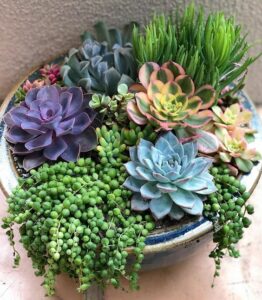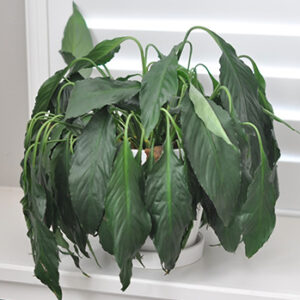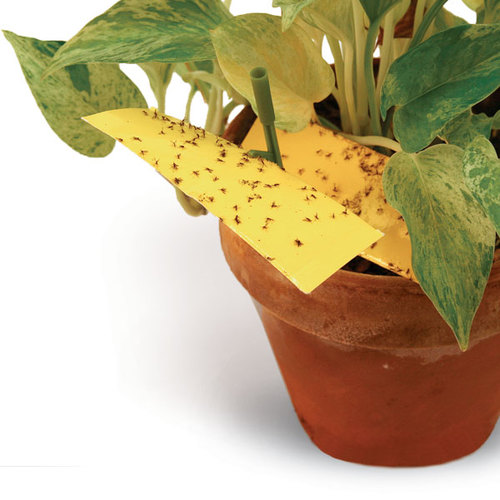
Winter is a challenging time for those pesky fungus gnats! Here are some fun and quirky tricks to keep them at bay during the colder months:
Managing fungus gnats over winter can be challenging because these small, flying insects thrive in damp environments, which are often more prevalent during the colder months. Fungus gnats are attracted to decaying organic matter and moist soil, making indoor plants particularly vulnerable during winter when the air is more humid and watering tends to increase. Here are some tips to help you control fungus gnats over the winter:

2. Avoid overwatering
Overwatering not only creates a favorable environment for fungus gnats but can also lead to root rot and other plant health issues. Check the moisture level of the soil before watering and adjust the frequency as needed.
3. Improve drainage
Ensure that your plant pots have adequate drainage holes to allow excess water to escape. Consider using a well-draining potting mix to discourage the accumulation of water at the bottom of the pot.
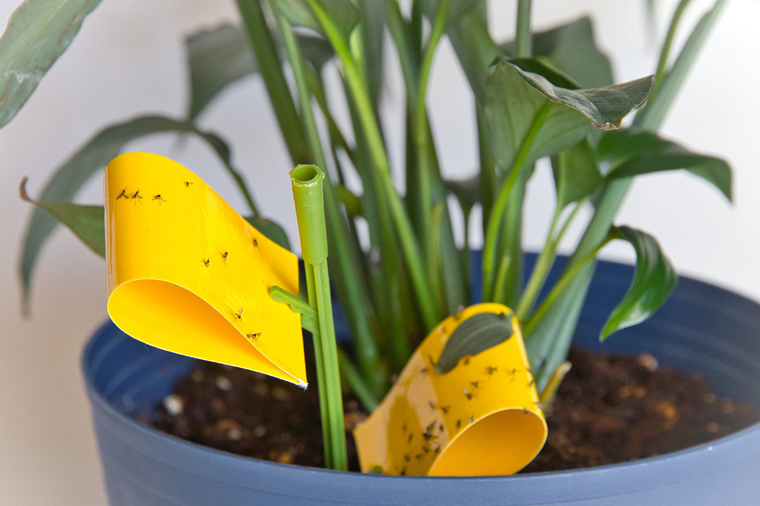
4. Use sticky traps
Place yellow sticky traps near your plants to capture adult fungus gnats. The sticky surface will trap the flying insects and reduce their population.
5. Remove decaying organic matter
Fungus gnats are attracted to decaying plant material. Regularly remove dead leaves, fallen flowers, and any other decaying organic matter from the top of the soil.
6. Bottom watering
Instead of watering from the top, consider bottom watering your plants. Place the pots in a shallow tray filled with water and allow the plant to absorb the moisture through the drainage holes. This can reduce the moisture on the soil’s surface, discouraging fungus gnats from laying eggs.

7. Neem oil or insecticidal soap
If the infestation is severe, you can use neem oil or insecticidal soap to control fungus gnats. Follow the instructions on the product label for safe and effective use.
8. Quarantine new plants
If you bring new plants into your home during winter, quarantine them for a few weeks before integrating them with your existing plants. This will help prevent introducing potential infestations.
9. Increase air circulation
Fungus gnats thrive in still, stagnant air. Increasing air circulation with fans can help deter these pests.
10. Consider beneficial nematodes
Beneficial nematodes are microscopic organisms that can be applied to the soil to target fungus gnat larvae. They are a natural and eco-friendly control method.
Remember that controlling fungus gnats may require consistent effort and a combination of strategies. Be patient and persistent, and over time, you should see a reduction in their population.


